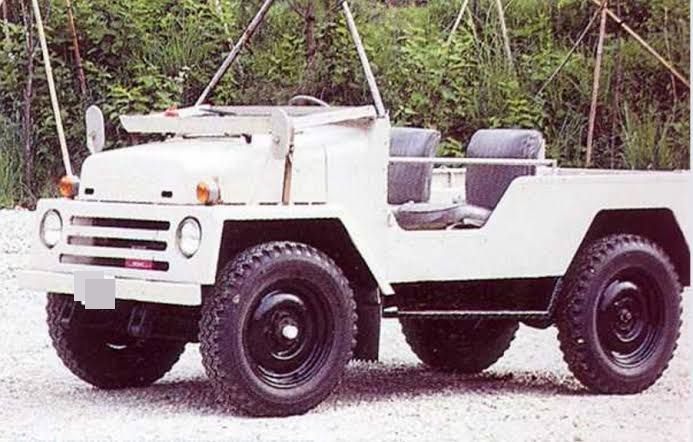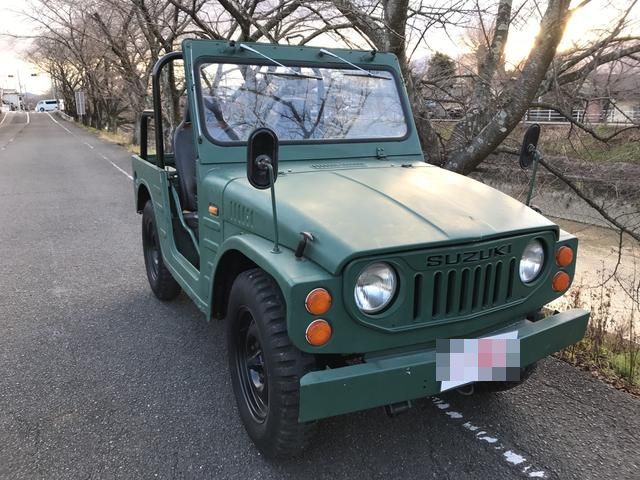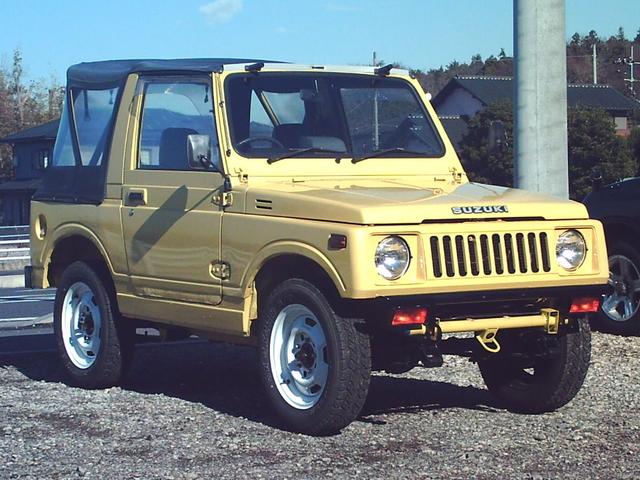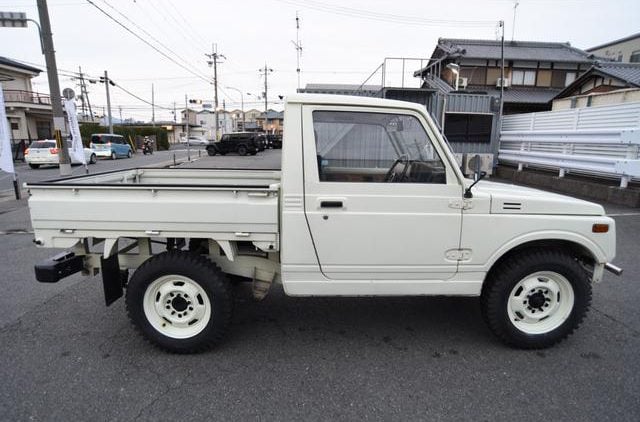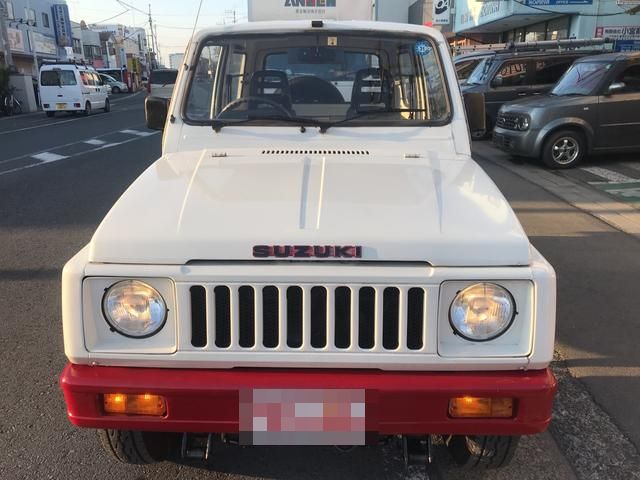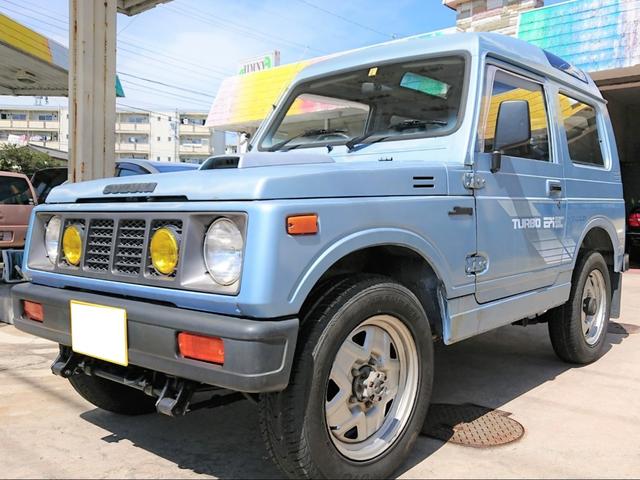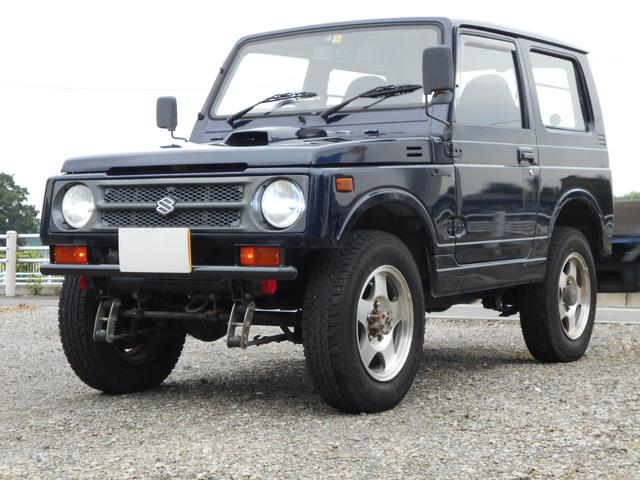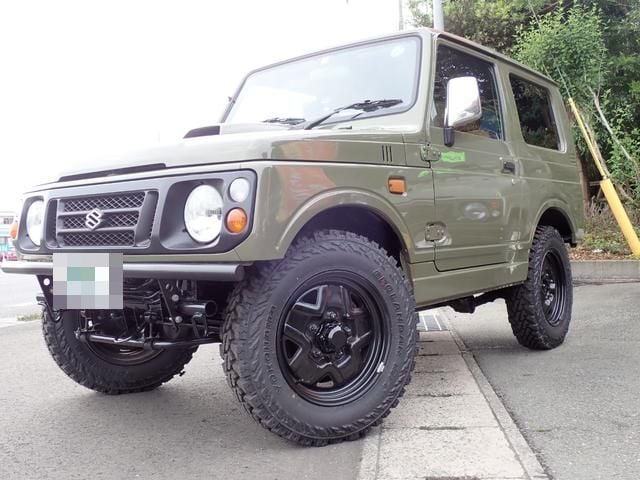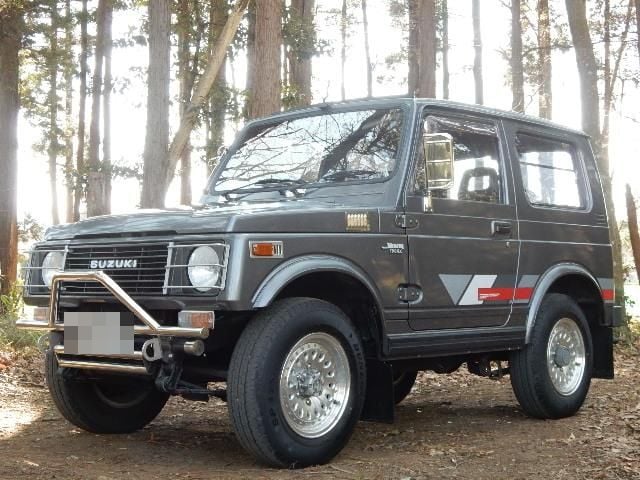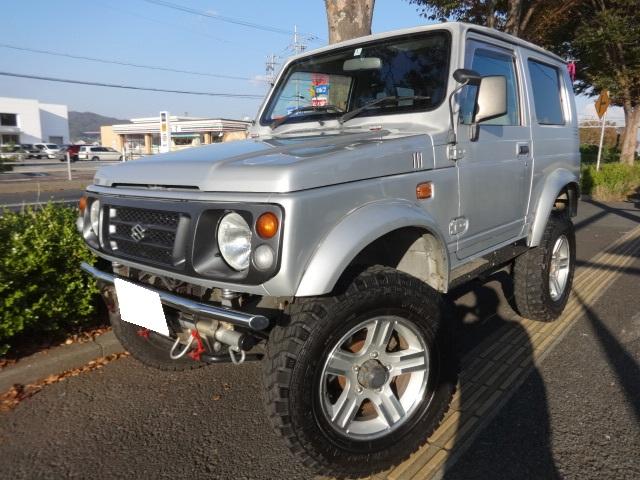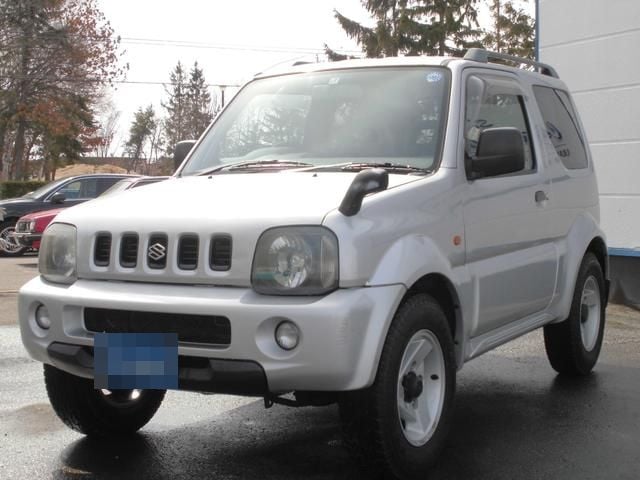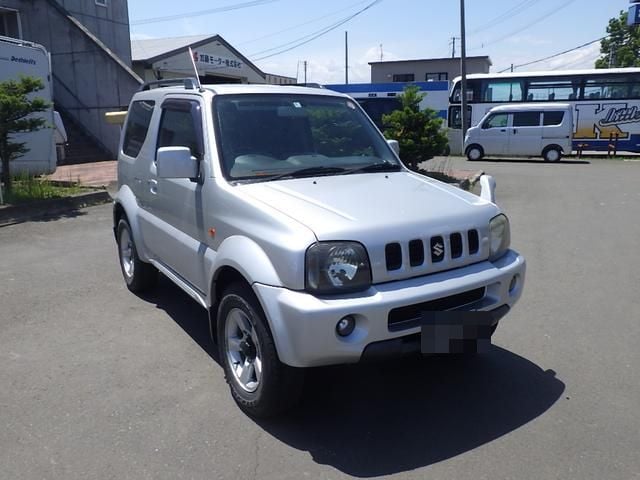The JA12/22 is very similar to the JA11. The body is restyled somewhat and the interior is updated, but you put them side by side and they are clearly brothers. Under the skin there are more significant differences, though: Suspension is now coil springs, leaf no longer, guys; but don’t cry you serious off roaders, I’ve seen these cars perform very well in the muck, crap, and rock that we all love so much, and I can say from my own driving experience that, on road, the 12/22 rides and corners a bit better.
From the spec tables you’ll see the other major difference: engine options and power outputs. The JA12 has the legendary iron block F6A engine, like you’ll find in the JA11, although now in a higher state of tune. The JA22 has the newer K6A DOHC four-valve aluminum block unit. This guy uses a timing chain rather than a timing belt; a nice little plus. The K6A feels a bit racier and more free revving than the F6A and boost seems to come on more smoothly, but these are just my driving impressions and the difference was not really very marked.
I’ve enjoyed playing around in my sister-in-law’s JA12 and the only negatives that I noticed were 1), the rear seats are now “full seats,” not the jump seats you’ve been getting in all your Jimnys until now but, because the rear passenger foot wells are still so small, the car is still really a 2+2. And 2), the bigger seats, when folded away, take up a bit more of your cargo space; not so great when load space is already at a premium (as it is in all of our Jimnys). And 3), those seats, when fully extended in the open position, lock on to a metal hook in the center of the load bay toward the rear. I find that this hook does get in the way when I want to load bigger boxes or plastic carry tubs into the car. It’s a niggling irritation and shows how the 12/22 was a bit of a stop gap design. The JA12/22 was in production from November of 1995 to October of 1998, and there are many good second hand units available in Japan these days if you have it in mind to buy a good used Jimny from Japan.
Now, my sister-in-law’s Jimny is a perfect example of why you want to buy and import a used Jimny direct from Japan yourself when you are looking for a good value, cheap, used off-road car: Her car is a poser car. She’s got new paint on it, jacked up 1.5 inches with a lift kit, big mudders, fancy shocks….and she never takes the car off road. Not ever. Total poser. (I hope she’s not reading this.)
But used 4WD cars that have rarely been used off road are what we want when buying second hand and no doubt about it. Most used Suzuki Jimnys in Japan do fall into the category of “second car” (not daily driver), or “poser car.” Good road!
(We talk more about these more modern Jimnys and about the fun of having an old two-stroke Jimny on our Suzuki Jimny (Part 3) blog post.)
The JA12/22 is the last of the “classic bodied” Jimnys that began way back with the SJ30. But before we move on to look a bit at the newer models, let’s quickly look at the non-Kei, the “white-number” Jimnys that are the brothers of the JA71-III, the JA11, and JA12/22. First up is the JA51


